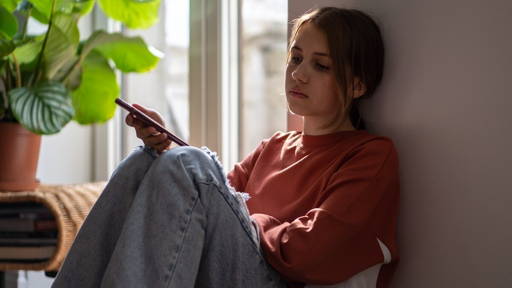For some time now, the healthcare sector has been struggling with (extremely) high workloads and staff shortages. This has created an urgent need for accessible, digital support. The same applies to mental healthcare. In particular, the recovery process after a disaster or other emotional event that causes people to experience mental health issues often remains underexposed. A team of researchers, led by Professor Kenneth Ruggiero of the Medical University of South Carolina, has developed the Bounce Back Now app, which successfully supports mental recovery.
Ruggiero, affiliated with the Technology Application Centre for Healthful Lifestyles, observed that only a quarter of people with psychological complaints after a disaster actually seek help. He started developing online interventions some 24 years ago, shortly after the 9/11 attacks. In recent years, his team has expanded this approach to mobile applications, with an emphasis on self-management and early detection.
Recognising and alleviating mental health issues
Research, including in the aftermath of tornadoes in 2011, showed that the digital intervention developed by Ruggero's team significantly reduced the likelihood of developing PTSD and depression among young people. These findings formed the basis for the development of the Bounce Back Now app, which supports disaster survivors in recognising and alleviating mental health issues.
The app offers various tools, including mood monitoring, relaxation exercises (such as mindfulness and breathing techniques) and behavioural activation. For users with more severe symptoms, there are also in-depth modules available, such as writing therapy and instructions for sleep hygiene. What makes the app unique is that it can be used entirely independently, allowing users to work on their recovery at their own pace.
Randomised study
In a randomised study, the team compared the effectiveness of the full app with a simplified version. The study showed that users of the comprehensive app reported a faster improvement in their mental health. It was striking that many used the app on their own initiative in cases of acute anxiety, while only a smaller group actively engaged with the more intensive, long-term modules.
‘People want to feel better right away. If an app helps them do that, it's often enough for them. Still, structural recommendations from healthcare professionals could encourage the use of more in-depth features,’ says Ruggiero.
Integration into regular care processes therefore appears to be a crucial success factor. When healthcare providers recommend the app within broader trauma care programmes, user engagement appears to be greater. The team is now working with professionals in trauma centres, where the app is used to supplement existing care pathways.
Users involved in development
Ruggiero also emphasises the importance of co-creation with the end user. The app was developed in close collaboration with disaster victims, which increased its applicability and acceptance. ‘When your target group contributes ideas about functionality and design, the result better meets their needs,’ says Ruggiero.
The researchers continue to work on expanding and scaling up the app within national disaster plans and regular care infrastructures. In doing so, Bounce Back Now positions itself as an example of how digital care solutions can contribute to resilience, recovery and self-reliance among disaster victims. This is a growing domain within mental-digital hybrid care provision.
Digitalization of mental healthcare
In the Netherlands, too, apps and other forms of digital or hybrid care are increasingly being used in mental healthcare. For example, GGz Centraal recently introduced the Stapp voor stap app (STresssignaleringsAPPlicatie). This app supports clients during the waiting period before treatment. Developed by GGz Centraal in close collaboration with experts by experience, the app offers daily stress monitoring, relaxation exercises, information and stories from people's experiences.
Users complete short stress questionnaires several times a day, after which the app immediately provides appropriate tips and exercises based on visualised daily and weekly overviews. This gives clients insight into their patterns and more control during the waiting period, which can reduce stress and uncertainty.









